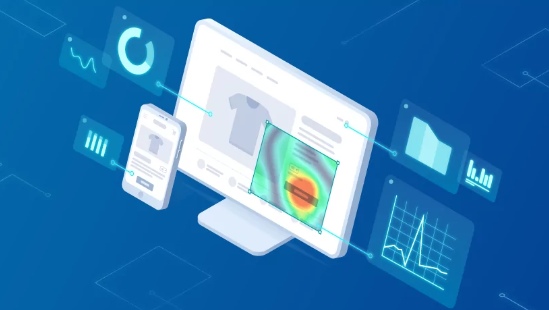Have you ever wondered what role analytics plays in UX? A common sentiment among designers is, “I’m a designer; I don’t need those numbers to tell me how to design.” However, delving into analytics data can be a game-changer, aiding designers in making informed decisions and elevating their craft. Let’s explore how analytics seamlessly integrates with UX design.
Defining Analytics in UX
Applying analytics to UX involves the discovery, interpretation, and communication of significant user behavior patterns. This process relies on automatically recorded data that unveils crucial insights into real user interactions with designs.
Key Topics Explored by Analytics
- User Visits: Analytics reveals which pages and screens users visit the most, as well as where they exit the website.
- Interaction with Elements: Understanding which elements users interact with, such as scrolling depth on a landing page or clicks on a Call to Action button.
- User Paths: Analyzing the journey users take—where they came from before arriving at a page and where they go afterward.
- User Demographics: Utilizing analytics to comprehend the demographics of website or app users, recognizing behavioral variations among user groups.
Benefits of Analytics in UX Work
- Reducing Opinion-based Decision Making: Embracing analytics minimizes subjective debates over design details, allowing for data-driven, objective decision-making.
- Prioritizing Projects: Insights from analytics enable designers to prioritize projects effectively, focusing efforts on those with the greatest impact and potential rewards.
- Experimentation through AB Testing: Leveraging analytics, particularly AB testing or split testing, empowers designers to experiment with different designs objectively and identify the most effective ones.
FAQ
What specific information can analytics reveal about user interactions?
Analytics uncovers crucial information, including which pages are visited the most, user interactions with elements (such as buttons or scrolling), the paths users take through a website, and demographics, offering a comprehensive understanding of user behavior.
How does analytics contribute to objective decision-making in design?
By relying on data-driven insights, analytics reduces opinion-based decision-making. Designers can leverage this information to objectively prioritize design elements and features, resulting in more effective and user-friendly designs.
Conclusion
If you haven’t incorporated analytics into your UX workflow yet, it’s worth considering. By leveraging analytics, designers can create better-informed, user-focused designs, transforming the way we approach and refine our craft.


